Understanding mechanisms of learning in prefrontal cortex
Across macaque and man
Among other functions, the prefrontal cortex (PFC) is integral to learning and adapting to uncertain environments. To precisely map PFC neural activity to these cognitive functions, we use a combination of microelectrode recordings in non-human primates (NHPs) and behavioral assessment in patients with obsessive-compulsive disorder (OCD).
When specifically analyzing microelectrode recordings in dorsolateral PFC in NHPs, several neurons were observed to maintain stable information-related spiking activity across cue presentation, motor response, and reward feedback. As this stability varied as a function of learning, we understood this phenomena to underlie credit assignment functionality in the PFC.
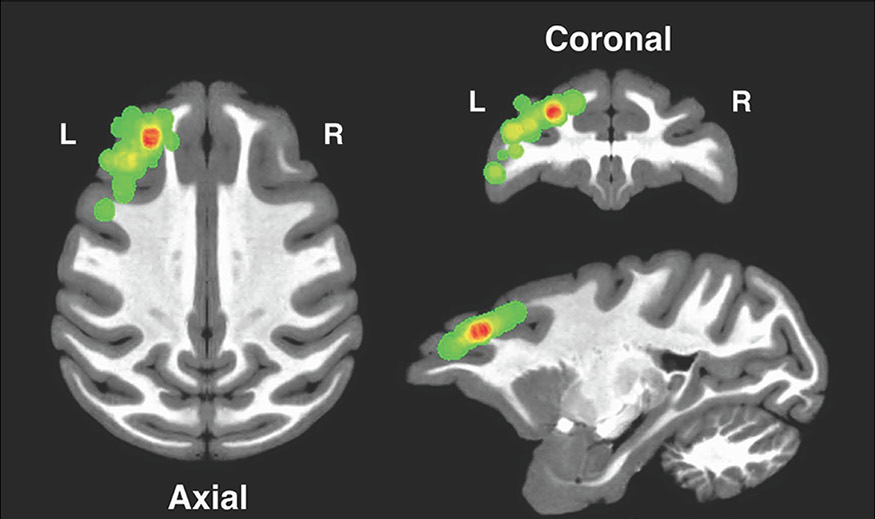
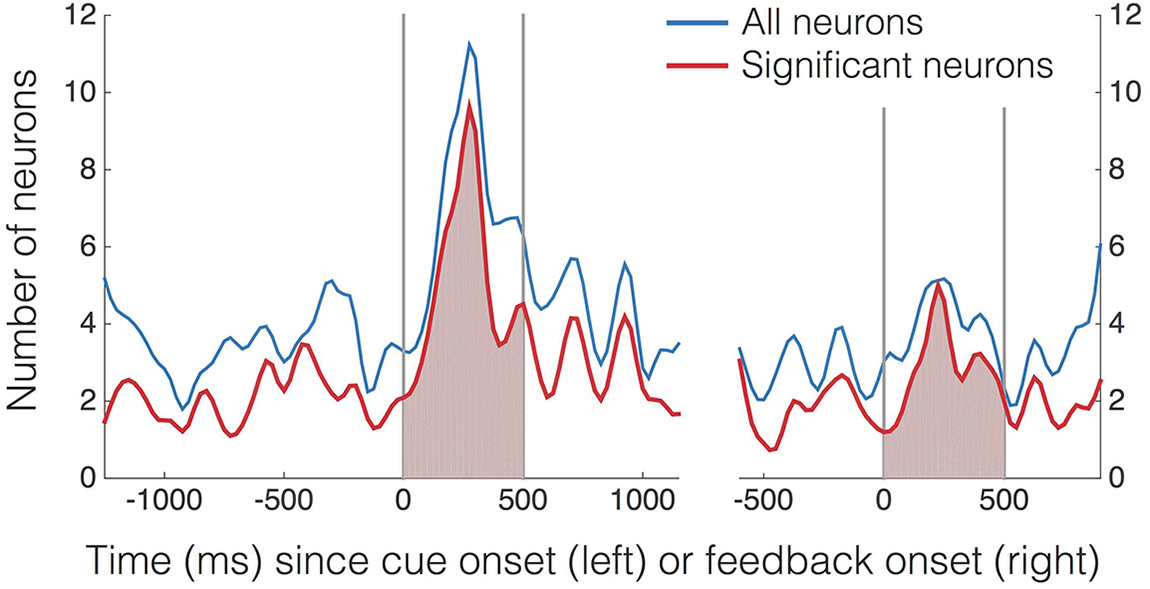
To bridge these experimental findings to the clinic, we work with a unique population of patients with treatment-refractory OCD who undergo surgical ablation of the anterior limb of the internal capsule.
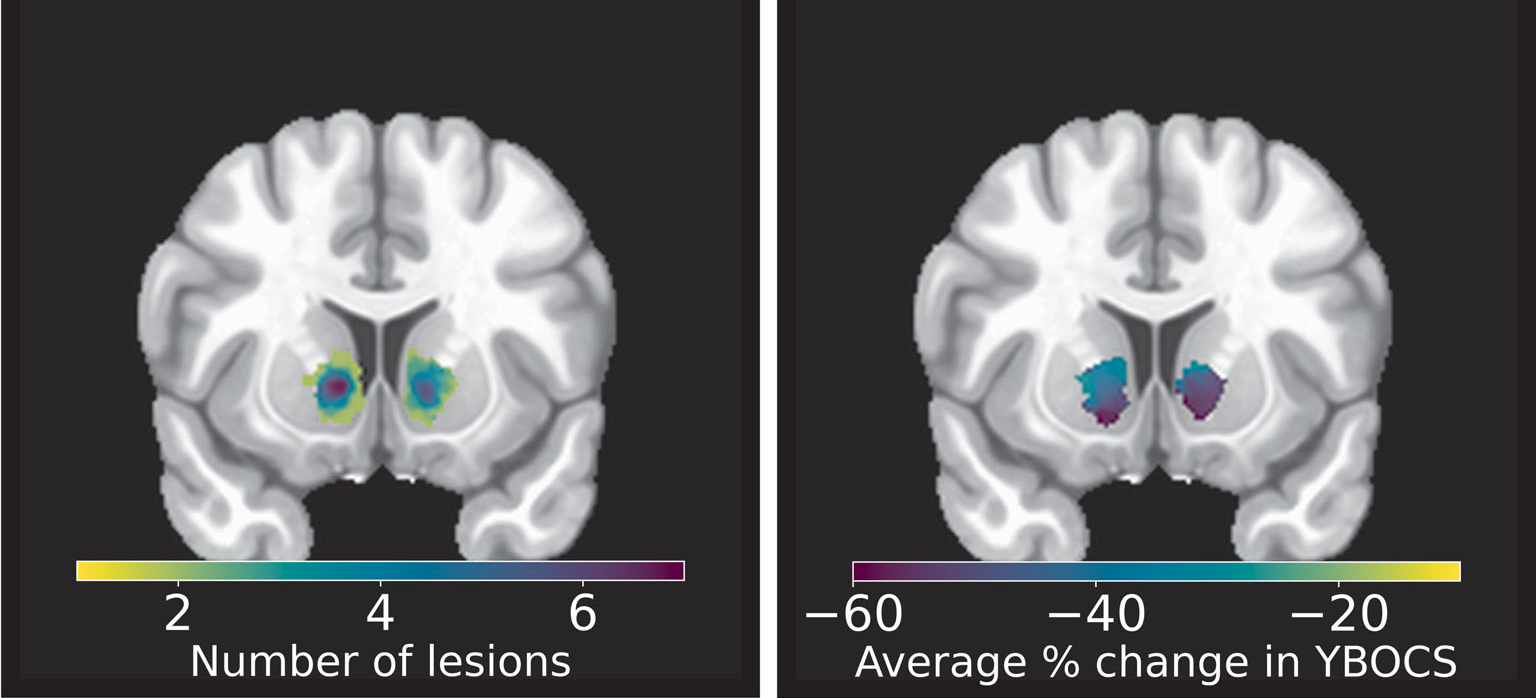
In addition to effective relief of OCD symptoms, these lesions (coupled with neuroimaging) provide an opportunity to better understand which structural circuits are involved with OCD pathology. We also investigate whether these same structures produce cognitive functions such as credit assignment and model-based learning by having patients performed structured tasks, including a visual navigation task (“Gridworld”) before and after surgeries.
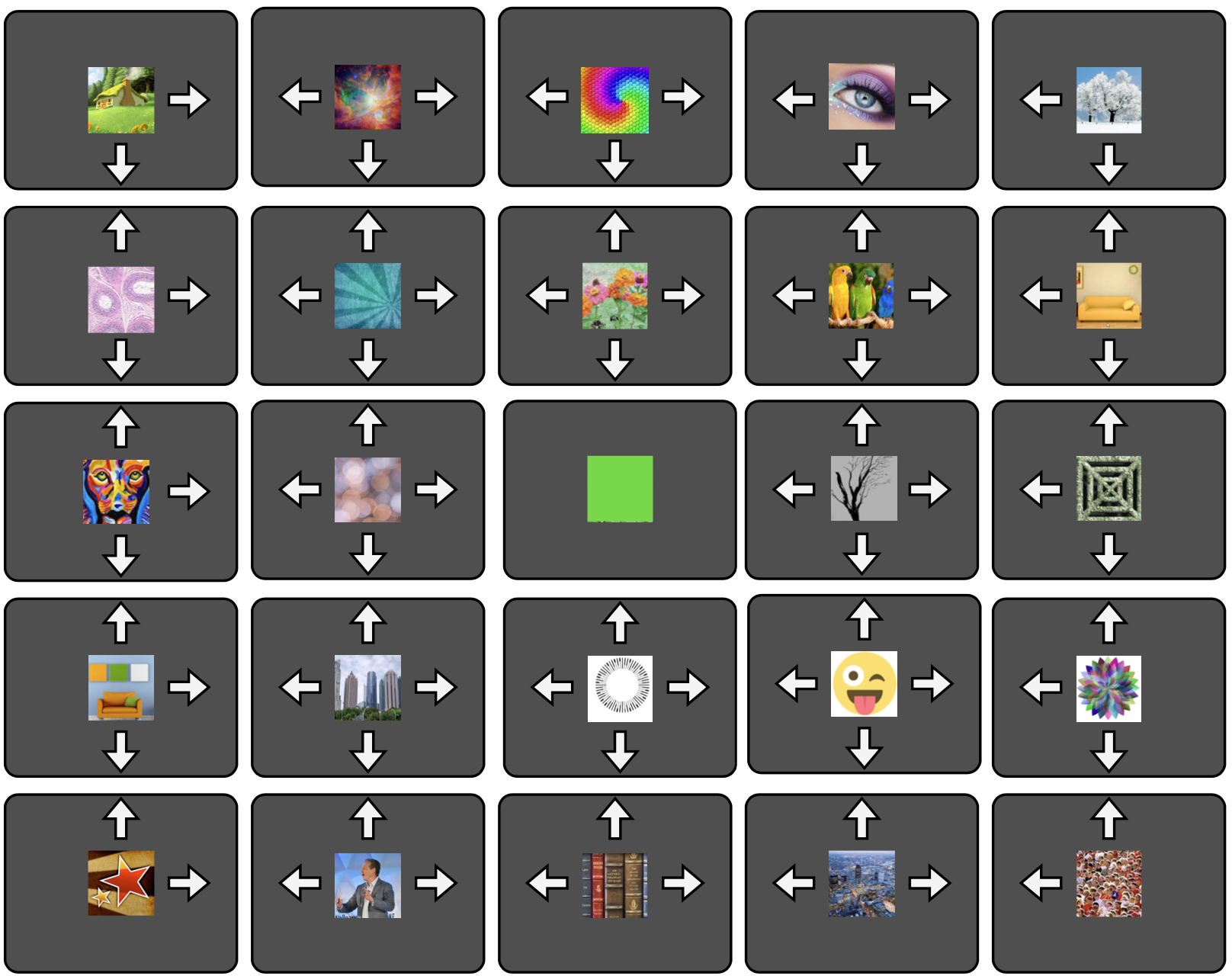
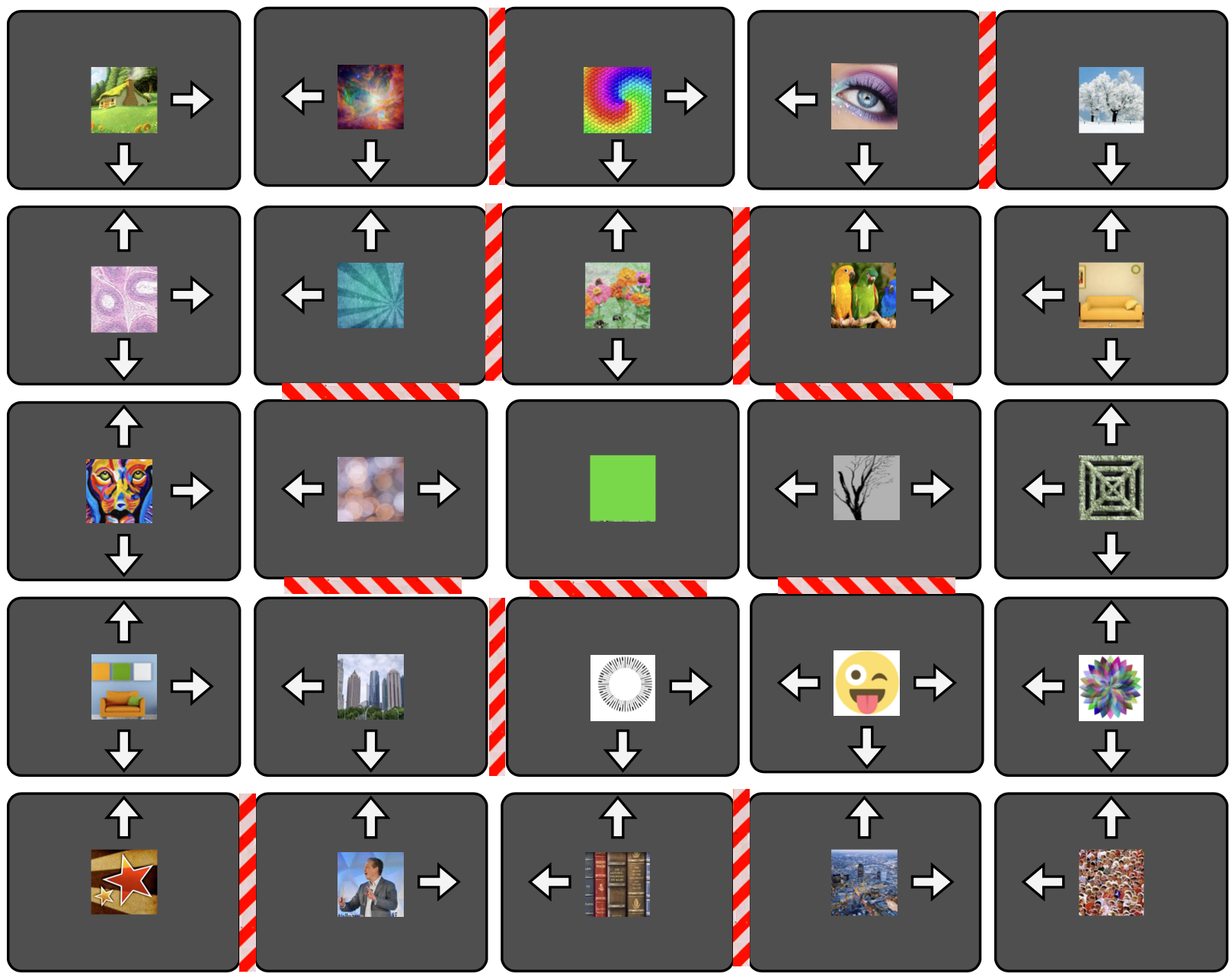
Ongoing work integrates surgery-related changes in learning parameters, clinical improvement, and diffusion-tensor-imaging to better understand the function and pathology present in these fronto-thalamic/striatal circuits.